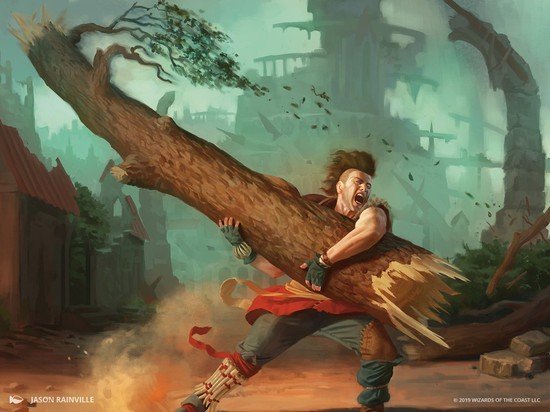
The Magic: the Gathering Gruul Aggro thrives on speed and relentless pressure, but even the fiercest red-green builds sometimes need a little extra edge. That’s where splashing a third color comes in, adding tools that cover weaknesses or give the deck unexpected reach. The challenge lies in knowing which cards are worth the risk without sacrificing consistency.
Here’s how competitive players identify splash color cards that keep Gruul running hot in Standard.
The first step is to look for cards that directly shore up Gruul’s weaknesses. Historically, Gruul Aggro can struggle against decks with strong board wipes, lifegain, or planeswalkers that can stall the board. If a splash card provides tools to handle these threats—such as efficient removal or disruption—it earns consideration. For example, a splash might offer exile-based answers that Gruul doesn’t naturally have access to, or a flexible planeswalker that strengthens midrange matchups.
Second, the mana curve and speed of the card must align with Gruul’s aggressive nature. Splash cards that are too slow or demand heavy colored mana commitments often drag the deck down. The ideal splash card fits cleanly into the curve, ideally at two to four mana, and has an immediate impact when cast. If the card requires waiting until the late game, it risks undermining Gruul’s aggressive game plan. The best candidates are those who provide utility without sacrificing tempo.
Third, splash color choices should be measured by synergy with existing Gruul staples. Aggro thrives on redundancy—multiple threats applying pressure every turn—and splash cards should complement rather than distract from that focus. For instance, a card that helps push damage through blockers, provides reach against control, or creates extra resiliency after sweepers can slot in neatly. Cards that are powerful in a vacuum but don’t contribute to Gruul’s direct game plan are usually traps.
Fourth, mana base construction determines whether a splash is realistic. Competitive players must check if the current Standard has reliable dual lands or mana fixing that supports the splash without slowing early aggression. If hitting red or green on turns one and two becomes inconsistent due to greedy mana choices, the splash isn’t worth it. Conversely, if Standard provides an abundance of dual lands or Treasure support, the cost of splashing decreases significantly, allowing more ambitious inclusions.
Finally, playtesting is the ultimate filter. A splash card might look perfect on paper, but only repeated matches reveal whether it enhances the deck or clogs opening hands. Competitive players track how often the splash wins games, and how often it’s drawn versus how often it hinders the mana base or comes too late. Over time, this data makes it clear which splash color cards are worth keeping. Gruul Aggro succeeds on raw efficiency, so any splash must prove it strengthens that plan without slowing it down.
Thanks for reading.
